Kerbal Space Program
Submission 18,951
Part of a series on Space. [View Related Entries]
Kerbal Space Program
Part of a series on Space. [View Related Entries]
[View Related Sub-entries]
This submission is currently being researched & evaluated!
You can help confirm this entry by contributing facts, media, and other evidence of notability and mutation.
| Navigation |
| About • Gameplay • Reception • Derivatives • Search Interest • Recent Images • Recent Videos |
About
Kerbal Space Program (often abbreviated KSP) is a sandbox, space flight simulator developed and published by Squad. Released in June 2011, it has gained a large following over the years via YouTube videos, fan art, tutorials, and the scientific community. KSP is currently in the alpha stage of development and is part of the Steam Early Access program.

Gameplay
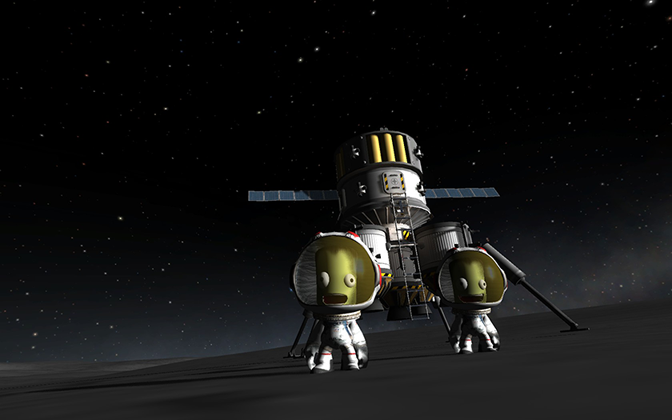
Kerbal Space Program allows players to create and develop their own space program within a fictional solar system filled with planets and moons. The player creates multi-stage space vessels to be piloted by Kerbals, small green humanoids whom inhabit the world of Kerbin. The game also features a hanger for building air and space planes, a system for recruiting new Kerbonauts, and fully persistent space missions. KSP has an extensive modding community, some modders have been hired by Squad due to their high quality work.
Kerbals
Kerbals are the denizens of Kerbin. They have green skin, large heads, bulging eyes and are approximately 1 meter in height. The player can command the Kerbals to leave their capsule to perform Extra Vehicular Activity such as space walks. Kerbals are shown to be dimwitted and prone to accidents as shown in the backgrounds of vehicle assembly buildings and the games various trailers (shown below).
Spacecraft
KSP's main focus is creating rockets and spaceplanes using an assortment of pre-designed ship parts and then launching them from either the launch pad or runway. The craft can be as simple or complicated as one could desire, so long as it can survive take off. Space stations can also be created by attaching modules together with docking ports in orbit, as can interplanetary bases.
[w.i.p]
Piloting
Although it seems easy by first impressions, flying a spacecraft is daunting and requires conserving enough fuel (or packing extra) in order to get to your destination, and to keep your thrust-to-weight ratio well enough so the craft that can actually escape the atmosphere of Kerbin. Managing to accomplish that task is only the first step in the journey, which can lead to many more problems and/or the destruction of the craft.
Solar System
Players are given a solar system (aptly named as the Kerbol system) analogous to our own to explore and create interstellar stations or ground bases. All of the analogues are compressed to approximately 1/10th of their real-life counterparts.

The order of each celestial body is as follows. All planets are listed under bullet points and satellites under dashes.
- Kerbol = The Sun analogue. The game orbits around this quite literally.
- Moho = The Mercury analogue of the game. It is the closest planet to Kerbol.
- Eve = Purple planet with thick atmosphere and oceans.
– Gilly = A captured asteroid orbiting Eve that has exceptionally low gravity. - Kerbin = Being the Earth analogue of the game, it is the home planet of the Kerbals and only object with life.
– Mun = As it is the Moon analogue, it is Kerbins largest and closest moon. Landing on the Mun is considered a milestone to many players.
– Minmus = A small, icy, white and mint green moon covered orbiting Kerbin. The name possibly references another of Saturn's moons, Mimus. - Duna = A dusty red planet analogous to mars.
– Ike = A small, rocky moon tidally locked with Duna. - Dres = Small rocky celestial object that's supposed to be a dwarf planet, despite having cleared it's neighborhood. Ceres analogue.
- Jool = The Jupiter analogue. It is a green gas giant with many moons. True to its nature, you cannot land on it.
– Laythe = An ocean covered moon with an atmosphere and is also littered with small landmasses.
– Vall = Icy Moon. Possible Europa analogue.
– Tylo = Kerbin sized moon with no atmosphere.
– Bop = Captured asteroid sporting a giant crater.
– Pol = Small moon littered with ridges similar to a grain of pollen. - Eeloo = Possible Pluto analogue that resembles Saturn's moon Enceladus. It is the furthest planet from Kerbol and has a steep orbital inclination.
Reception
Kerbal Space Program has been praised by the scientific community for it's accurate (mind you, not perfect) portrayal of Newtonian physics (althought P = NP still presents a problem). The game is currently being used as an education tool, as partnered with the TeacherGaming educational program, to explain the fundamentals of gravity and other laws of physics at schools around the world. Youtuber and astronomer Scott Manley has helped popularize Kerbal Space Program with videos of tutorials and other game related content. Within 5 hours of the games release on Steam it had reached the top 5 of best selling games and is currently the #3 best seller for Linux on Steam.
Derivatives
Jebediah Kerman

Jedediah Kerman is a permanent Kerbal, amongst the only three permanent Kerbals, who is renown for his fearlessness and shameless badassery (even at death's doorstep), often laughing maniacally regardless of the situation. This is credited to an attribute (titled as "Badass") that is only toggled on for Jebediah. His unwavering demeanor has led to the creation of advice animals and fan art.
Search Interest
[Editors note, feel free to request editorship if you have something to contribute]
Recent Videos 19 total
Recent Images 57 total
Share Pin
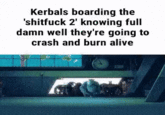

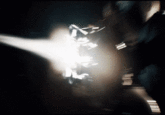
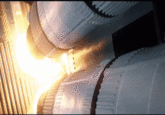
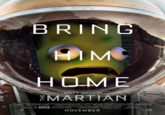
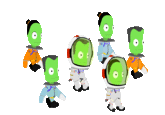








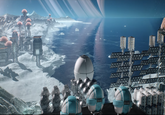
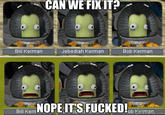
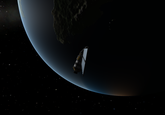
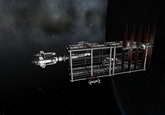

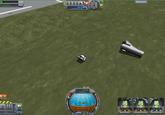

Comments ( 32 )
Sorry, but you must activate your account to post a comment.
Please check your email for your activation code.